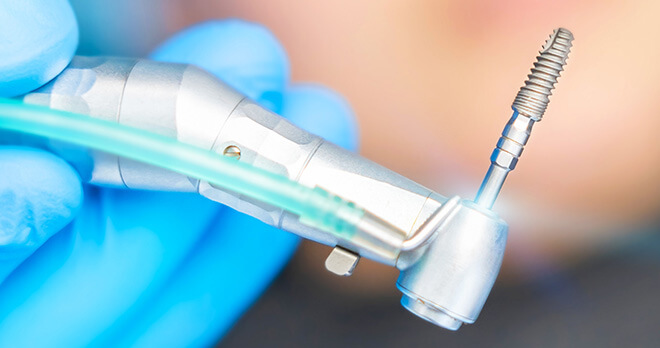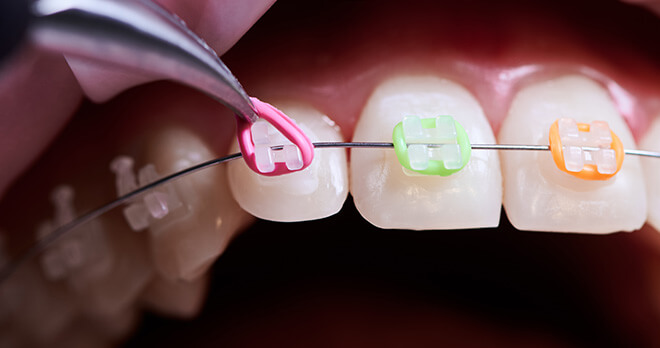Bridge the gap
A bridge is a fixed replacement for a missing tooth and essentially a bridge ‘bridges the gap’ created by one or more missing teeth. There are several types of bridges and this blog provides some useful information for those considering a bridge as an option to restore their smile.
What types of bridges are available?
There are three main types of bridges:
Cantilever bridges: these are used when there are teeth on only one side of the missing tooth or teeth.
Traditional bridges: where the teeth on each side of the empty space are prepared for dental crowns and a dental bridge is made including a tooth between them.
Maryland bonded bridges: are made of porcelain fused to metal teeth supported by a metal framework. Metal wings on each side of the bridge are bonded to your existing teeth.
Benefits of a bridge.
Bridges are an affordable way to replace a missing tooth or teeth and can normally last between 5 to 15 years. However, this is dependent on a patient maintaining a good level of oral hygiene and attending regular check-ups with their dental practitioner.
Another benefit of a bridge is that it looks like a person’s own teeth and they are not removable and therefore, a person can feel confident that the bridge will remain fixed at all times.
Other benefits of a bridge include the ability to distribute the forces in your bite properly by replacing missing teeth and preventing a person’s remaining teeth from moving out of position.
Preparation for a bridge.
In order to have a bridge a person’s tooth or teeth will need to be reduced in size to enable the bridge to fit. This will entail removing a portion of the enamel to allow space for a crown to be placed. A dentist will then take an impression and this will be sent to the dental laboratory.
In the interim a temporary bridge will be made whilst the permanent bridge returns from the laboratory and is ready to be permanently fixed.
Why does a bridge fail?
Bridges can fail due to fractures of the abutment teeth (the teeth supporting the bridge) or decay or leakage under the crowns on the supporting teeth. However, bridges can also fail due to substandard treatment, which can occur during the preparation of the teeth. In some circumstances, decay may have not been diagnosed and treated and this can cause the bridge to fail within a matter of months or a few years of being placed.
In some circumstances, when a bridge fails it is possible to treat the teeth and the teeth may still be suitable for new bridgework. However, in some cases the bridgework has failed to such a degree that the abutment teeth are compromised and dental implants may be the next suitable option to restore the missing tooth/teeth.
Our experience.
The Dental Negligence Team are very familiar in dealing with cases concerning substandard bridgework and our recent cases detail instances where we have been able to assist clients and obtain compensation for them.
Please feel free to contact the Dental Negligence Team to discuss any failed bridgework you feel you may have had.
Got a question?
You can call the team on 0800 923 2080 or message them to understand more about you potential compensation claim for dental negligence. We will get back to you at a time that is convenient to you.
Common claim types
Insights and opinions
View more articles related to Cosmetic dentistry, Crowns and bridges, Dental implants, Dental nerve damage, Extractions, Gum disease, Information, Mouth cancer, Orthodontics, Root canal treatment, Tooth decay and Wisdom teeth










